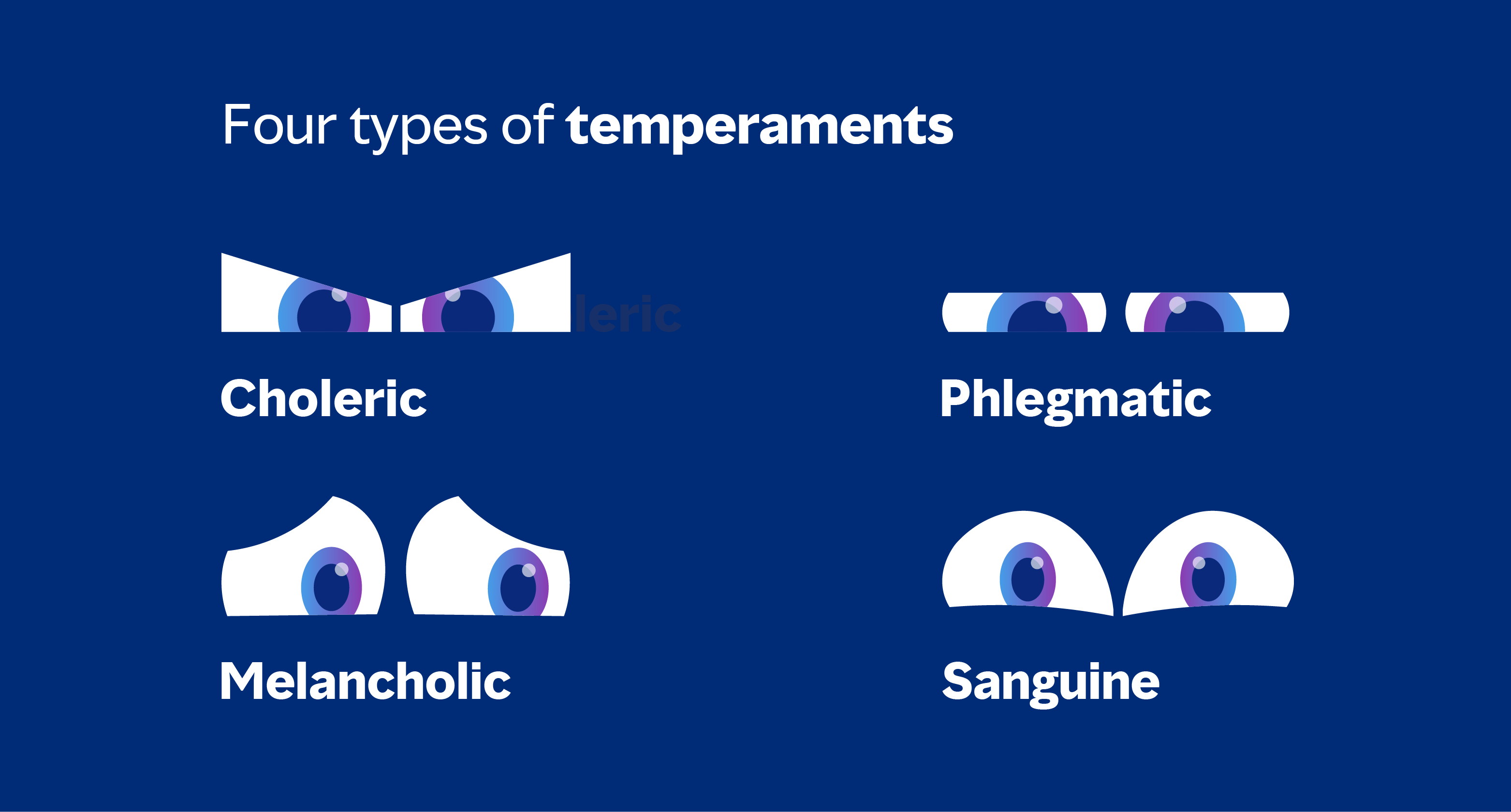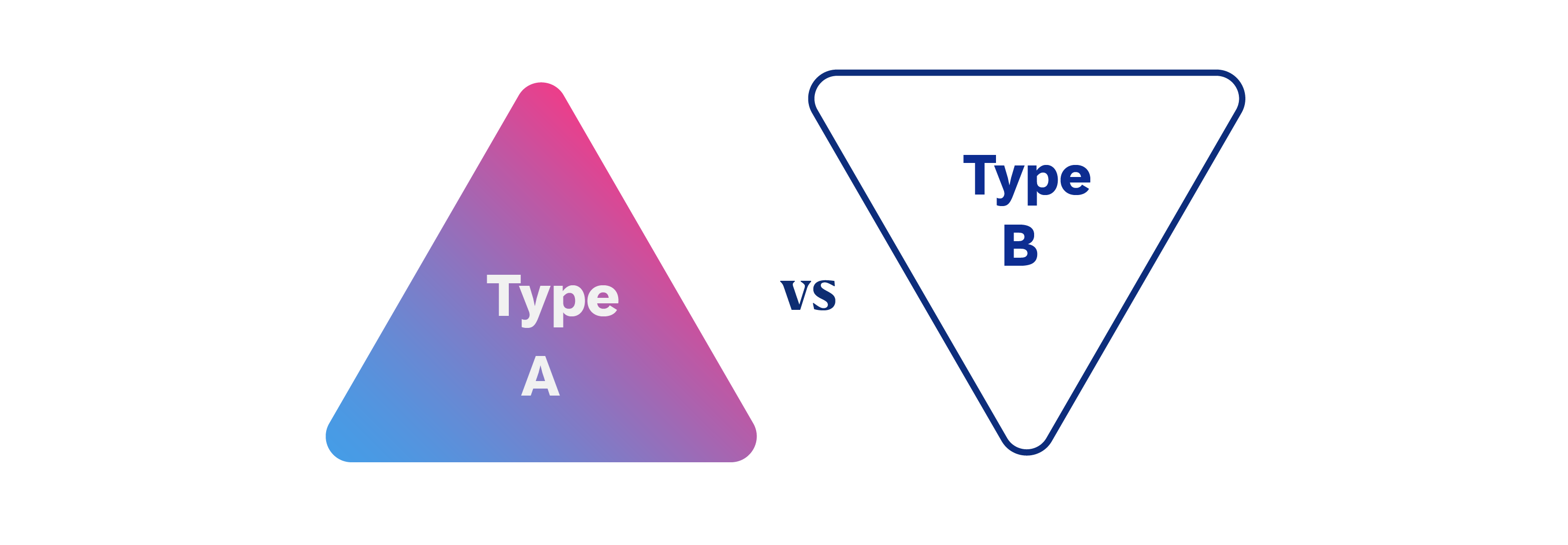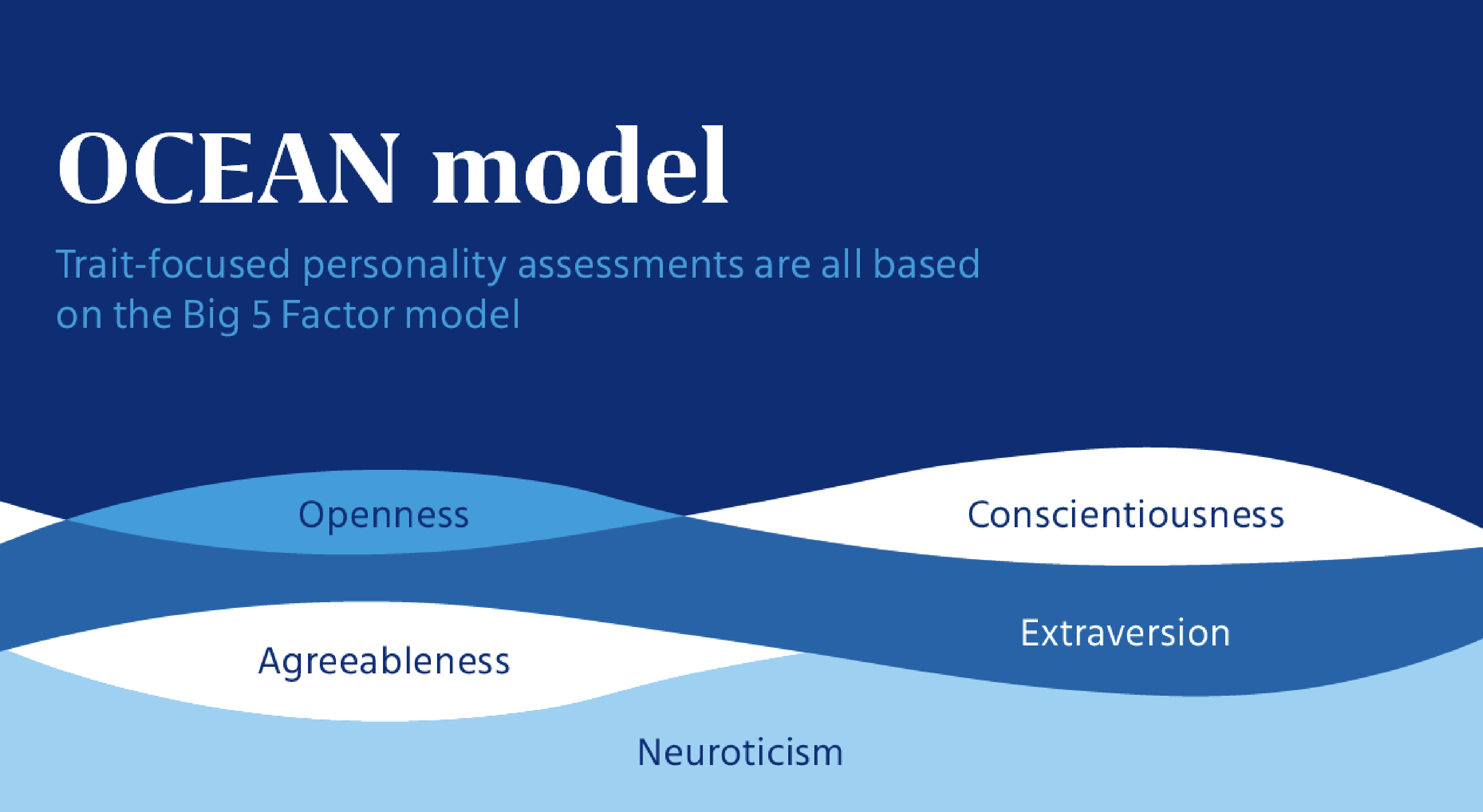The origin of the four personality types goes back to more than two thousand years. In ancient Greece, Hippocrates termed the types of personality after body fluids: choleric, melancholic, phlegmatic and sanguine. These four temperaments were said to be based on the humoral medicine theory and have persisted under different interpretations and adaptations throughout history.

Choleric:
The choleric temperament is linked to an excess of yellow bile, one of the four humours. Individuals with a choleric temperament are considered assertive, competitive, and ambitious. They are natural leaders and are often quick to make decisions and take charge of situations. Cholerics are considered extroverted and driven by a desire for control and power.
Melancholic:
The melancholic temperament is associated with an excess of black bile. People with a melancholy temperament are considered introverted, reflective, and analytical. They are deep thinkers and compassionate individuals prone to introspection and self-analysis. Melancholics are often associated with artistic and creative tendencies.
Phlegmatic:
The phlegmatic temperament is connected to excess phlegm, another bodily fluid. Those with a phlegmatic temperament are considered calm, easygoing, and content. They are described as stable, patient, and good-natured. They are peacemakers who prefer avoiding conflict and maintaining a harmonious environment.
Sanguine:
The sanguine temperament is linked to an excess of blood. People with a sanguine temperament are considered outgoing, social, and cheerful. They are often seen as extroverts who enjoy socializing and are quick to make friends. Sanguines are thought to be optimistic and lively individuals who approach life with enthusiasm.









 Behavioral Competencies
Behavioral Competencies Cognitive Competencies
Cognitive Competencies Coding Competencies
Coding Competencies Domain Competencies
Domain Competencies

























Would you like to comment?